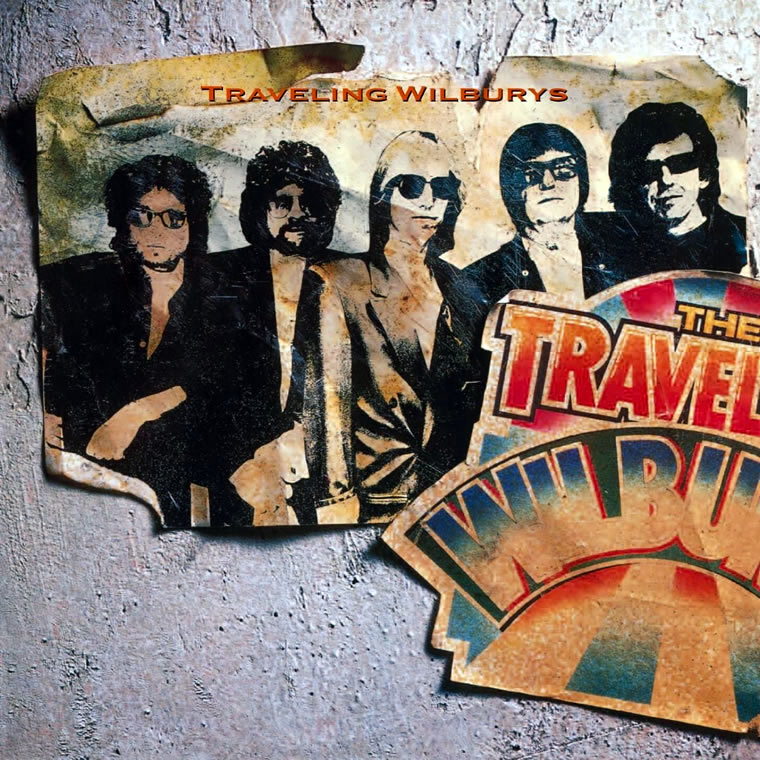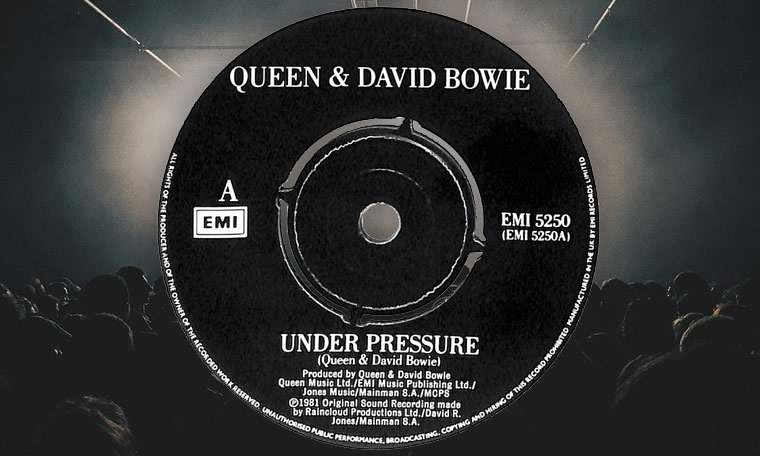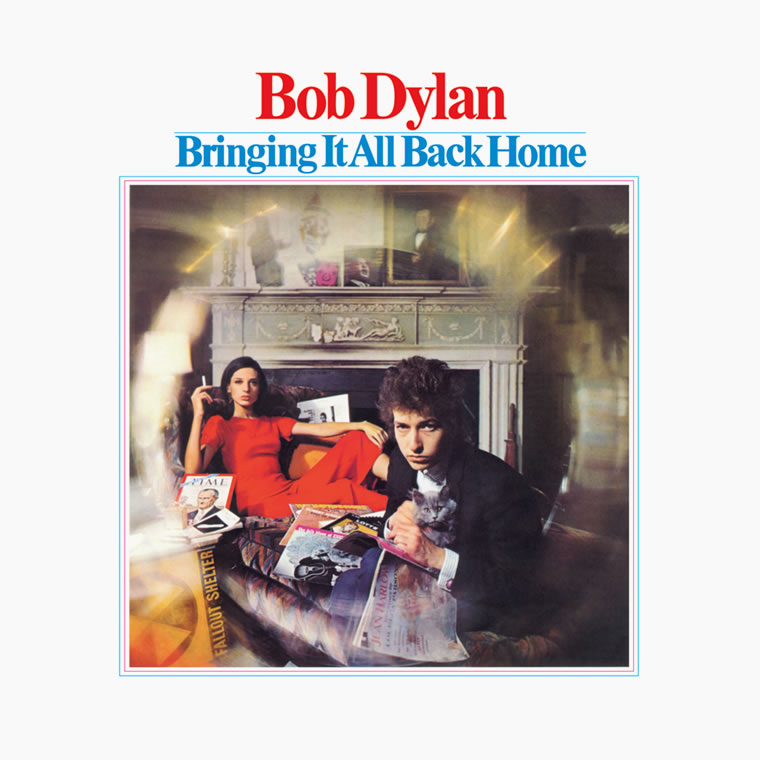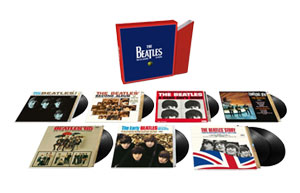The Velvet Underground
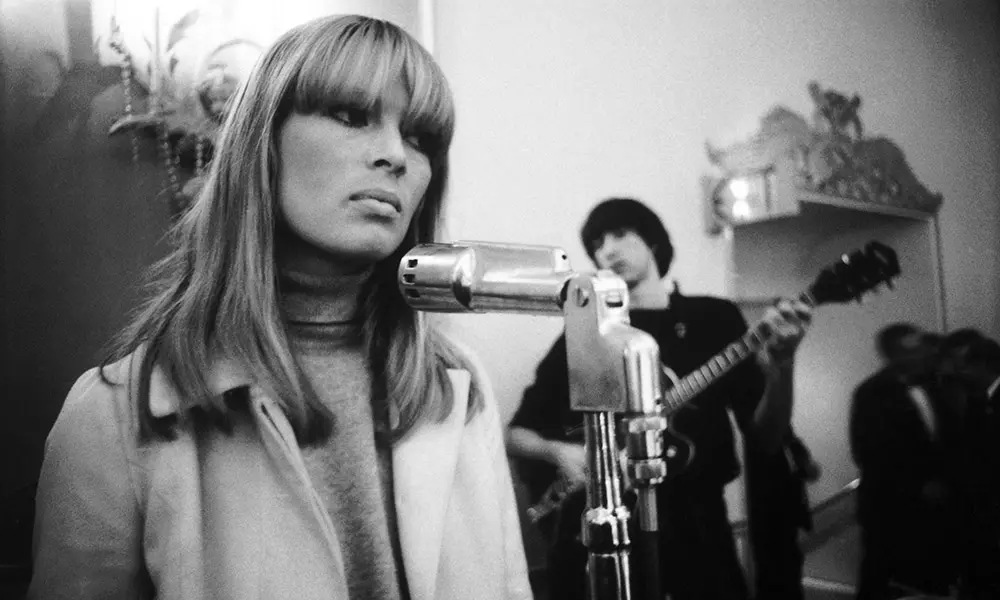

The foundations for what would become the Velvet Underground were laid in late 1964. Singer-songwriter and guitarist Lou Reed had performed with a few short-lived garage bands and had worked as a songwriter for Pickwick Records (Reed described his tenure there as being “a poor man’s Carole King”). Reed met John Cale, a Welshman who had moved to the United States to study classical music upon securing a Leonard Bernstein scholarship.
Reed and Cale recruited Sterling Morrison—a college classmate of Reed’s at Syracuse University. Angus MacLise joined on percussion to complete the initial four-member unit. This quartet was first called the Warlocks, then the Falling Spikes.
The Velvet Underground by Michael Leigh was a contemporary paperback about the secret sexual subculture of the early 1960s; Cale’s friend and Dream Syndicate associate Tony Conrad showed it to the group, and MacLise suggested to adopt the title as the band’s name.
Angus MacLise quit the group in 1965, suggesting they were selling out. He was replaced by Moe Tucker, resulting in the “classic” lineup of the Velvet Underground. A heavy drug user who was never particularly mindful of his physical health, MacLise died of hypoglycemia and pulmonary tuberculosis on June 21, 1979, aged 41.
Tucker’s playing style was rather unusual: she generally played standing up rather than seated and had an abbreviated drum setup of tom-toms, snare and an upturned bass drum, using mallets as often as drumsticks, and rarely using cymbals.
In 1965, after being introduced to the Velvet Underground by filmmaker Barbara Rubin, Andy Warhol became the band’s manager and suggested they use the German-born singer Nico (born Christa Päffgen) on several songs. Warhol’s reputation helped the band gain a higher profile.
Early shows included 16 mm film projections by Warhol, combined with a stroboscopic light show. Because of the punishing lights, the band took to wearing sunglasses onstage. Early promo posters referred to the group as the “erupting plastic inevitable”. This soon changed to “the exploding plastic inevitable”.
Warhol arranged for the band to get an endorsement deal with Vox to enable them to use Vox equipment, including special effects pedals and an organ, for free. Sterling Morrison believed they were the first American band to get a Vox endorsement.
At Warhol’s insistence, Nico sang with the band on three songs of their debut album, The Velvet Underground & Nico. The album was recorded primarily in Scepter Studios in New York City in April 1966. The album was released by Verve Records the following year in March 1967. The album cover is famous for its Warhol design: a yellow banana sticker with “Peel slowly and see” printed near the tip. Those who did remove the banana skin found a pink, peeled banana beneath.
The tapes that would later become Live at Max’s Kansas City were recorded on August 23, 1970, by Andy Warhol associate Brigid Polk on a mono portable cassette recorder. The Velvet Underground also held a nine-week engagement (June 24 – August 28, 1970) playing two sets per night at Max’s. Polk had been in the habit of recording almost everything happening around her at the time, and this resulted in her capturing what turned out to be the band’s last live performance with Reed. Later that year, Atlantic A&R employee Danny Fields heard the tapes and in 1972 decided to make an album out of them, despite their relatively poor fidelity.
The Velvet Underground released five studio albums. The Velvet Underground & Nico (1967), White Light/White Heat (1968), The Velvet Underground (1969) Loaded (1970 and Squeeze (1973).
The Velvet Underground is regarded as one of the most influential bands in rock history. In 1996 they were inducted into the Rock and Roll Hall of Fame. In 2003, Rolling Stone’s 500 Greatest Albums of All Time list included The Velvet Underground & Nico at number 13.
After leaving the band, Reed would go on to a much more commercially successful solo career, releasing twenty solo studio albums. His second, Transformer (1972), was produced by David Bowie and arranged by Mick Ronson, and brought him mainstream recognition.
“Walk on the Wild Side” from Transformer released as a double A-side with “Perfect Day” is known as a counterculture anthem, and became Reed’s biggest hit and signature song while touching on topics considered taboo at the time, such as transgender people, drugs, male prostitution, and oral sex.
Reed had hepatitis and diabetes for several years. In May 2013, he underwent a liver transplant and wrote on his website of feeling “bigger and stronger” than ever. On October 27, 2013, he died from liver disease at his home in East Hampton, New York, at the age of 71.
After leaving the Velvet Underground, Cale worked as a record producer and arranger on a number of studio albums, most notably the Stooges‘ highly influential 1969 self-titled debut and a trilogy by Nico. He appeared on Nick Drake‘s second studio album, Bryter Layter (1971). Cale produced the majority of Squeeze’s debut studio album, and played keyboards on Julie Covington’s cover version of Alice Cooper’s “Only Women Bleed”, which peaked at No. 12 on the UK Singles Chart.
Cale recorded a cover version of “Hallelujah” by Leonard Cohen for the tribute album I’m Your Fan (1991). Cohen’s original version of the song had not garnered much interest; it was only through Cale’s arrangement and recording of it (and Jeff Buckley‘s subsequent cover of Cale’s arrangement) that it achieved popularity. Cale has released over 20 solo studio albums.
Sterling Morrison died of non-Hodgkin’s lymphoma on August 30, 1995, one day after his 53rd birthday.
After the Velvet Underground disbanded in the early 1970s, Moe Tucker took a hiatus to focus on her marriage and family. She returned in the 1980s, and, until the late 2000s, released four studio albums and performed as a session musician.


